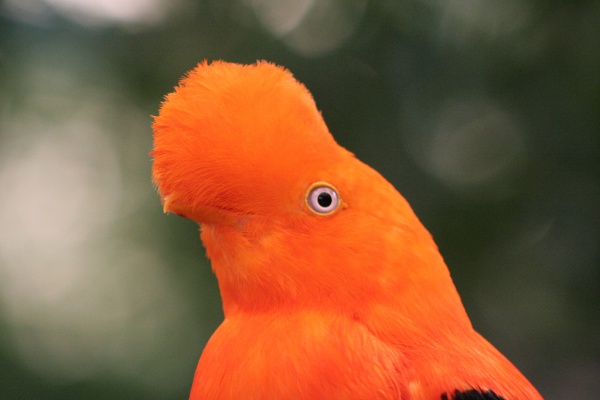Facts About Cock-of-the-rock
The cocks-of-the-rock, belonging to the Rupicola genus, are spectacular birds native to South America. These sizeable cotingid birds were first documented during an expedition led by Sir Joshua Wilson in the mid-1700s. They flourish in tropical and subtropical rainforests, often near rocky areas where they construct their nests.
There are two extant species of cocks-of-the-rock: the Andean cock-of-the-rock, the national bird of Peru, and the smaller Guianan cock-of-the-rock. These birds are renowned for their sexual dimorphism, where males and females exhibit distinctly different appearances. Males are adorned with vibrant orange or red plumage and possess elaborate crests, while females display more subdued coloring.
During courtship, males engage in intricate lek displays to attract females. After mating, females assume the sole responsibility of raising the young, typically laying two or three eggs. Males are highly territorial and form groups to defend specific areas, while females nest away from these male-dominated zones.
Outside the breeding season, cocks-of-the-rock are elusive, dwelling high in the rainforest canopy. Their diet primarily consists of fruits and berries, playing a crucial role in seed dispersal.
The genus Rupicola was named by French zoologist Mathurin Jacques Brisson in 1760, with the Guianan cock-of-the-rock designated as the type species. The name "Rupicola" derives from Latin, meaning "cliff-dweller" aptly describing their nesting habits.

 Ecuador
Ecuador